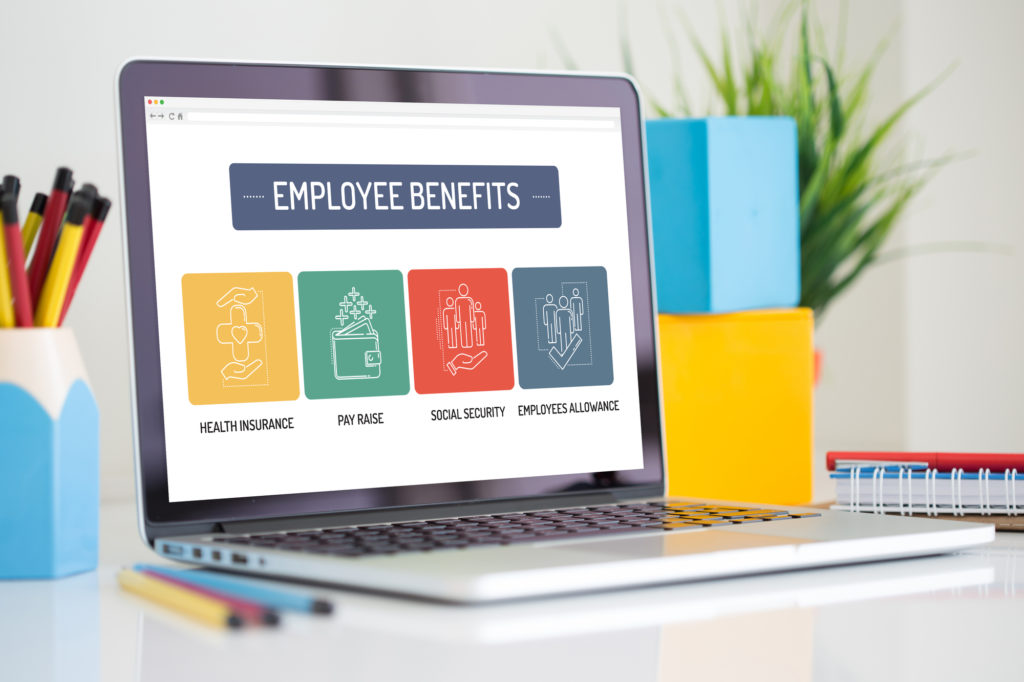 A cafeteria plan is a type of benefits plan that allows employees to choose their employee benefits. This is especially helpful where working couples each have access to such plans; they can coordinate their choices. In an age where one size doesn’t fit all, small businesses may want to use a cafeteria plan to their advantage, and the advantage of their employees. But it’s essential that it’s done right.
A cafeteria plan is a type of benefits plan that allows employees to choose their employee benefits. This is especially helpful where working couples each have access to such plans; they can coordinate their choices. In an age where one size doesn’t fit all, small businesses may want to use a cafeteria plan to their advantage, and the advantage of their employees. But it’s essential that it’s done right.
A cafeteria plan overview
A cafeteria plan can be very limited, such as to only enable employees to pay their health insurance on a pre-tax basis. Or they can be expansive, where employees select from a broad menu of benefits. In either case, they entail minimal administrative costs and there’s no annual reporting to the IRS or DOL if there are fewer than 100 employees. What’s more, employee contributions are not taxable compensation so there’s no employment tax on them.
Premium-only cafeteria plans
Small businesses that only pay a portion of employee health insurance premiums, or none at all, can help employees essentially reduce their cost by enabling them to pay their premiums on a pre-tax basis. The plan must offer a choice between cash or health insurance coverage. If they choose the coverage, the amount of what they’d pay for premiums withheld from their paycheck doesn’t count as taxable compensation to them. The cash option is always taxable.
Premium-only cafeteria plans can be helpful to small businesses using:
- Qualified small employer health reimbursement arrangements (QSEHRAs). These plans restrict employer payments of premiums on employees’ individually-obtained coverage up to a set dollar limit ($5,250 for self-only coverage or $10,600 for family coverage in 2020).
- Individual coverage health reimbursement arrangements (ICHRAs). Employers fix the amount of individually-obtained health coverage they are able to pay (the law doesn’t set a limit); employees pick up the rest.
- Group health plans. Typically, in small businesses offering this type of coverage, the employer pays only so much (perhaps 50% of premiums in order to qualify for the small employer health insurance credit), and employees pay the balance of the premiums.
Cafeteria menu plans
These plans offer employees a choice between at least one permitted benefit that’s taxable (e.g., cash that’s extra salary or other taxable benefit) and at least one benefit that’s nontaxable (i.e., paid on a pre-tax basis), such as:
- Adoption assistance
- Group health plans (but not Archer medical savings accounts or long-term care insurance)
- Group term life insurance
- Dependent care assistance
- Health savings accounts (HSAs)
- Flexible spending accounts (FSAs) to pay out-of-pocket medical costs
- Qualified retirement plan contributions
Compliance issues
Cafeteria plans must be nondiscriminatory, meaning they can’t favor owners, officers, or highly compensated employees. Plans must test for nondiscrimination annually.
Small employers—those with fewer than 100 employees—can adopt a simple cafeteria plan where discrimination testing is automatically met if:
- Participation is offered to employees with at least 1,000 hours of service in the preceding year. (Don’t confuse this rule with other participation rules, such as non-simplified plans having a 3-year service requirement.) AND
- Employers contribute (1) a uniform percentage of compensation (not less than 2%) or (2) the lesser of 6% of compensation for the plan year or twice the employee’s salary reduction contribution. These are minimums; employers can contribute more.
All cafeteria plans must have written documents—a master plan document, an adoption agreement, and a summary plan description. The summary plan description must be given to all eligible employees at least 90 days before their coverage begins. If the plan has not been updated, then the document must be given to participants every 10 years. If there’s been a change, then every 5 years.
Final thought
This has been a brief look at what cafeteria plans are all about, but there’s much more to them. You can learn more about them in IRS Publication 15-B. Cafeteria plans aren’t do-it-yourself benefit arrangements. You need to work with professionals to see that you choose the plan best suited to your situation and that you operate in compliance with the rules.


